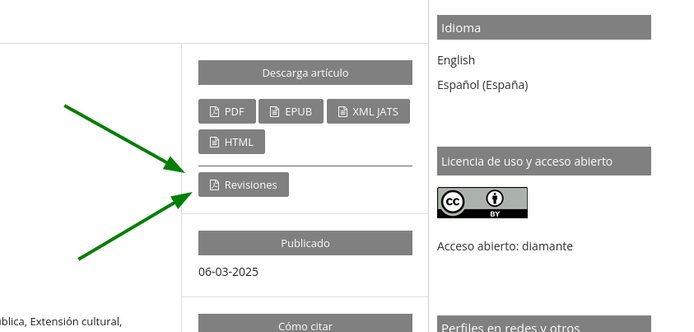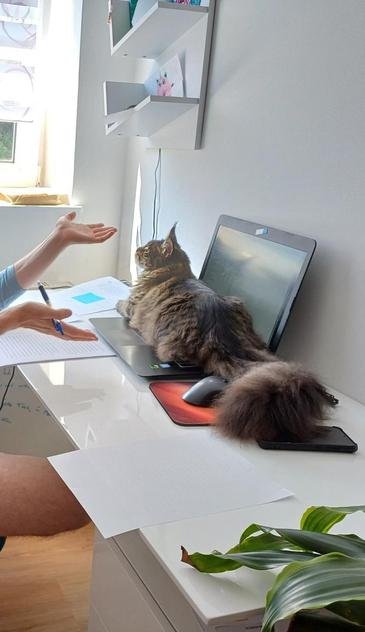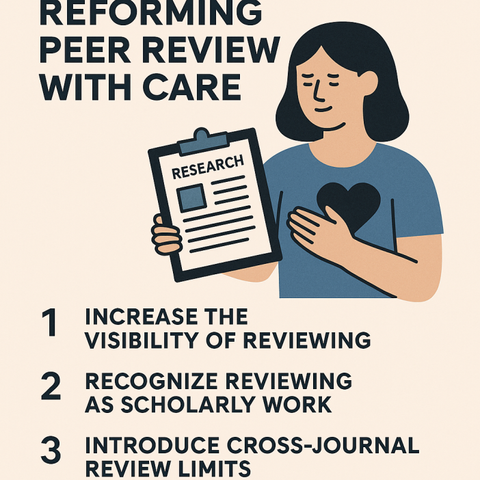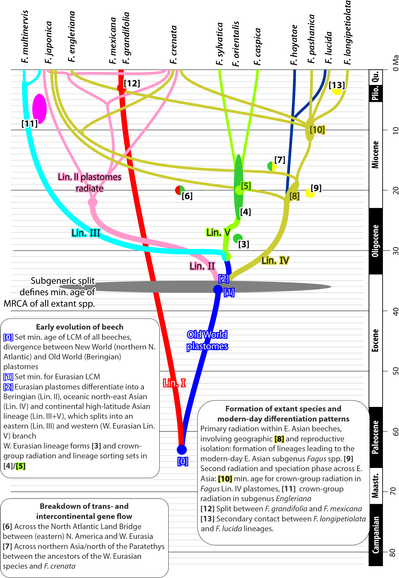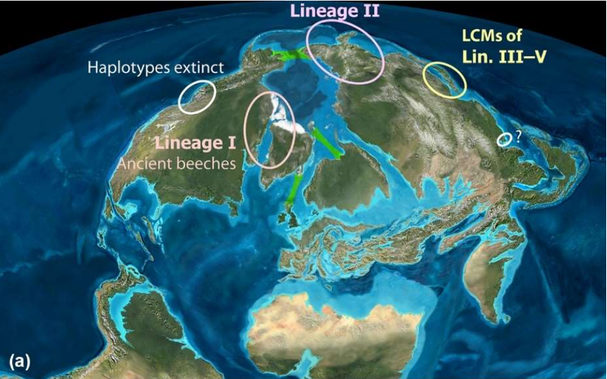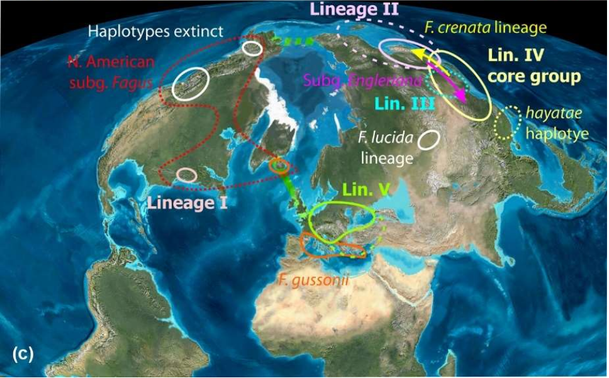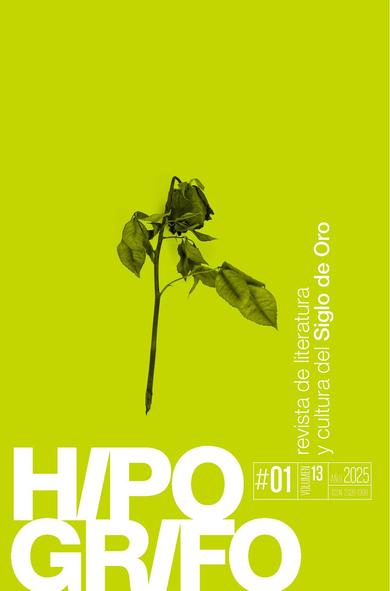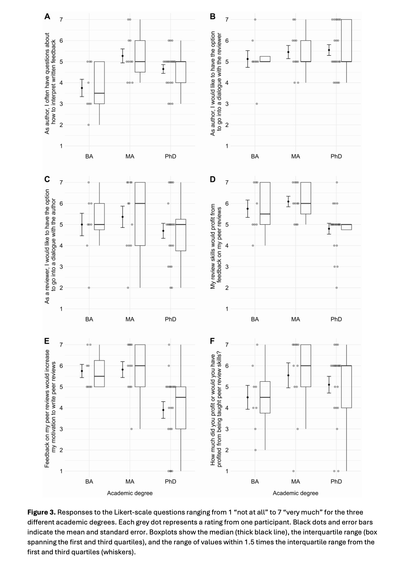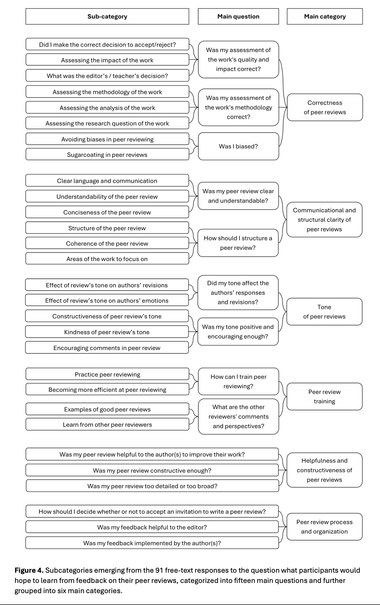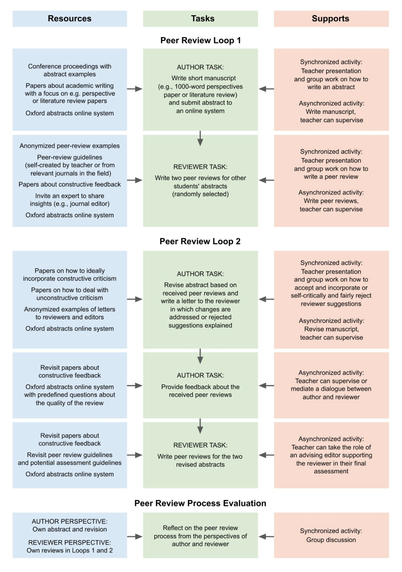New Article: »Reviewing is Caring! Revaluing a Critical, but Invisibilized, Underappreciated, and Exploited Academic Practice«
How ChatGPT visually summarized the abstract of the paper on “Reviewing is Caring!”.
Together wie Mie Plotnikof (Aarhus University) and Matthias Wenzel (Leuphana University Lüneburg), I have written an essay proposing a care perspective to the way we organize academic peer review. The paper entitled “Reviewing is Caring! Revaluing a Critical, but Invisibilized, Underappreciated, and Exploited Academic Practice” has now been published open access in Organization. Check out the abstract below:
Reviewing is critical to advancing scholarly knowledge by assuring research standards and contouring what counts as novel. Yet, our system of reviewing submissions to journals is in crisis. With growing submission numbers, editors struggle to match these with qualified review capacities, unwillingly adding extra, often uneven, workloads on some reviewers, without equally distributing pressures or finding the most ‘ideal’ expert match. We propose to redress this issue in terms of care. Inspired by feminist care theory, we discuss how the current review system invisibilizes, underappreciates, and exploits the care invested in it. Furthermore, we suggest reconsidering the very organizing of the review system along the lines of care to reinvigorate the nurturing, knowledge-enhancing practices of reviewing. Specifically, we recommend (1) increasing the visibility of reviewing across journals, (2) recognizing reviewing as an inherent part of paid scholarly work, and (3) introducing cross-journal review limits. Together, we argue that such moves enable a more visibly appreciative and less easily exploitative organizing of reviewing as a scholarly practice of care that we and all science indeed rely on.
Finally, I created another visualization of the paper’s motif to share with the hashtag #1paper1meme:
#1paper1meme #careWork #Organization #PeerReview #reviewing #reviewingIsCaring
